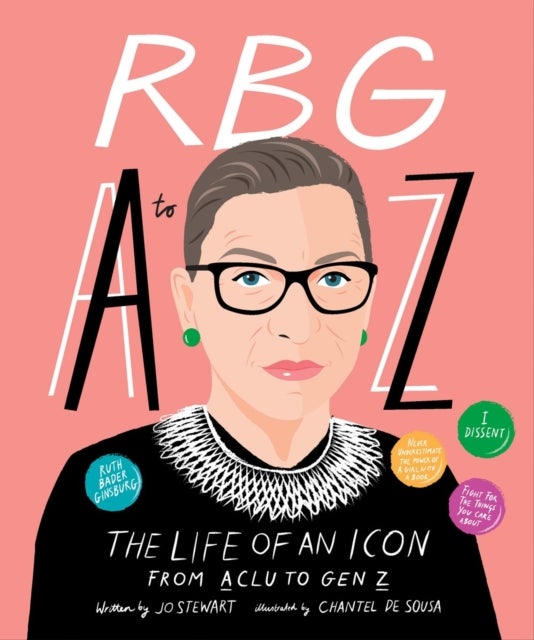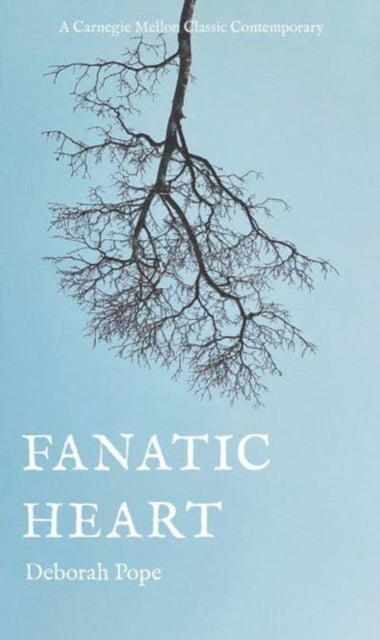
Monstrous Youth av Sara Austin
1449,-
The monstrous has a long, complicated history within children''s popular media. In <i>Monstrous Youth: Transgressing the Boundaries of Childhood in the United States</i>, Sara Austin traces the evolution of monstrosity as it relates to youth culture from the 1950s to the present day to spotlight the symbiotic relationship between monstrosity and the bodies and identities of children and adolescents. Examining comics, films, picture books, novels, television, toys and other material culture-including <i>Monsters, Inc.</i> and works by Mercer Mayer, Maurice Sendak, R. L. Stine, and Stephanie Meyer-Austin tracks how the metaphor of monstrosity excludes, engulfs, and narrates difference within children''s culture.<br><br>Analyzing how cultural shifts have drastically changed our perceptions of both what it means to be a monster and what it means to be a child, Austin charts how the portrayal and consumption of monsters corresponds to changes in identity categories such as race, sexuality,








